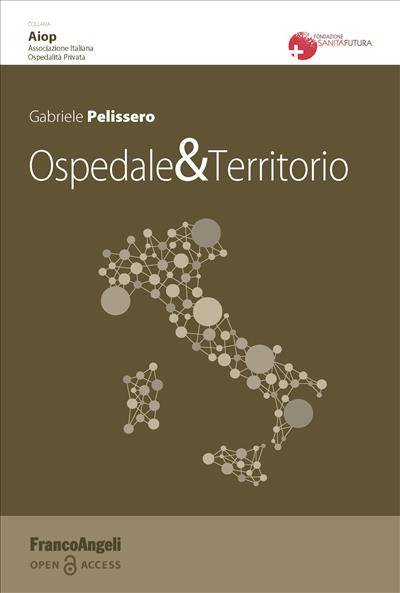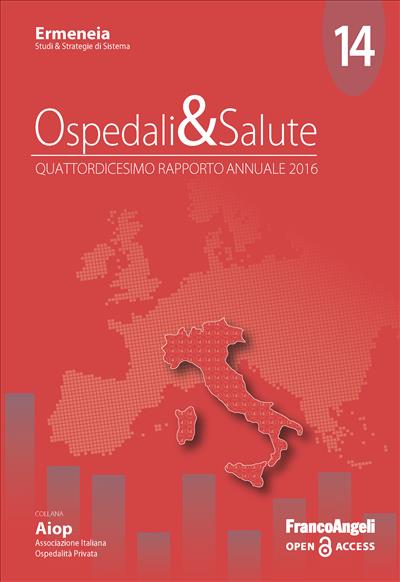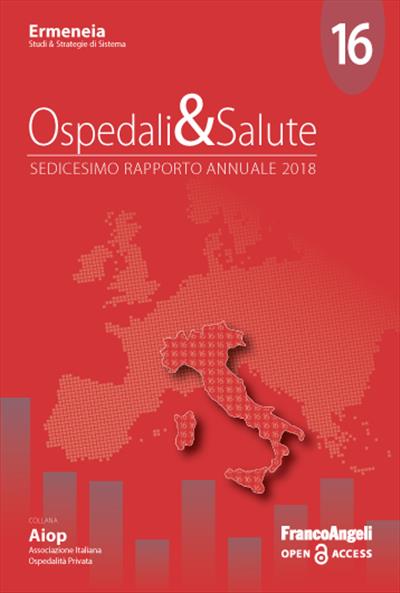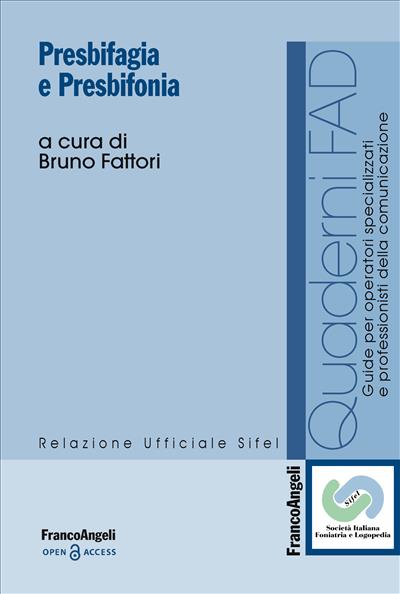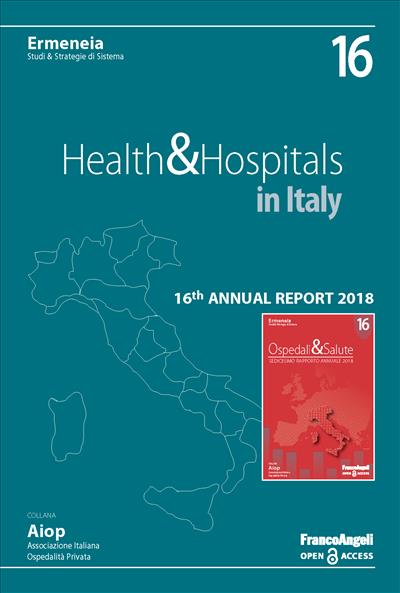
Health & Hospitals in Italy.
16th Annual Report 2018
The Health & Hospitals Report/2018 describes the performance of the Italian hospital system. The perspective of the Report has always been characterized by a dual examination, one addressing the users and citizens, and one addressing the "machine", in its various components, which exists beneath the banner of a mixed public-private system. This year, on the demand side, attention was focused on two particularly "hot" issues concerning waiting lists, on the one hand, and access to emergency services, on the other. Parallel to this, on the supply side, an analysis of the “machine” was prepared that measured its average performance levels despite everything, as attested to by the trend of the indicators of the services provided and - for the first time - also by the indicators relating to the outcomes of care as well as the perception of the quality of services by citizens and users.
Open Access
0.00
Open Access
0.00
Pages: 224
ISBN: 9788891793348
Edizione:1a edizione 2019
Publisher code: 10035.7
